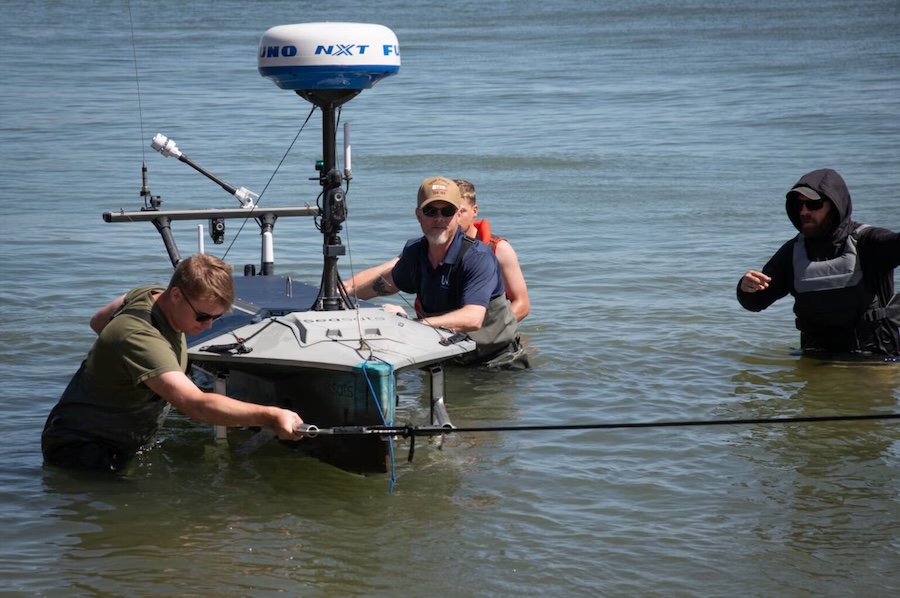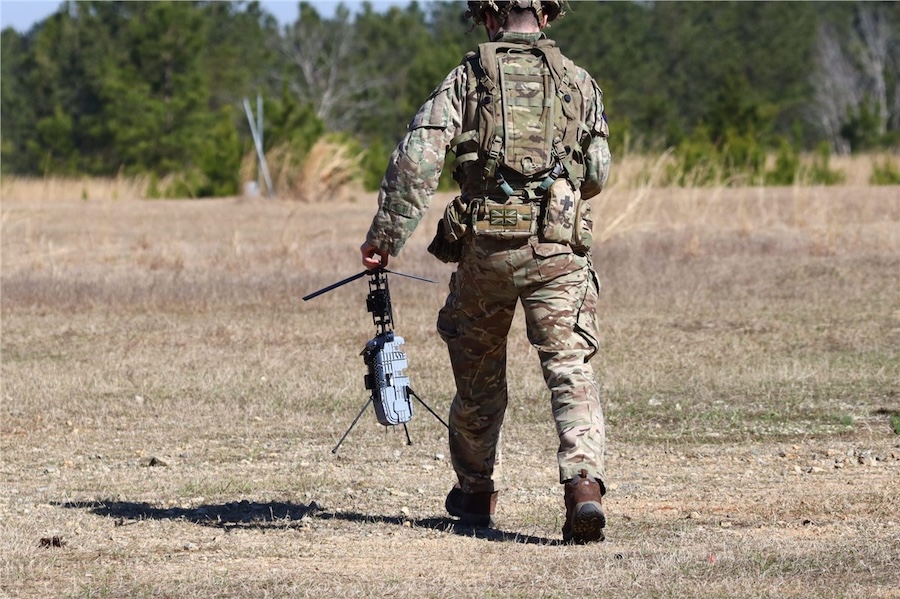In the demonstration, an F-35 flying from Lockheed Martin’s facility in Fort Worth, Texas, transmitted classified data through Skunk Works’ Open Systems Gateway (OSG). The information was then relayed via commercial satellite communications to the RAF RCO lab in Farnborough, UK. There, it was processed in real-time by the RAF’s Nexus C2 system, marking a critical step toward integrated and collaborative air defence capabilities.
“Project DEIMOS was a hugely successful U.K./U.S. trial which clearly demonstrated the ability to take data from a live F-35 and pass this to the RAF’s NEXUS platform for exploitation,” said Air Commodore Chris Melville, head of the RAF’s Rapid Capabilities Office. “This represents a key step forward towards both a future integrated battlespace and Air Command and Control environment. We are all delighted with the results.”
The trial highlights the ability of Lockheed Martin’s open architecture solutions to facilitate secure and seamless data integration across allied forces. The collaboration was made possible by partnerships with key industry players, including SiXWorks, showcasing how joint efforts can accelerate innovation.
“This exercise marks a breakthrough in multi-domain operations, demonstrating the F-35’s ability to share classified data via an open systems gateway with our international partners,” said John Clark, vice president and general manager of Lockheed Martin Skunk Works. “Collaborations like this allow us to deliver advanced capabilities quickly to meet urgent needs in an increasingly complicated global threat environment.”



























